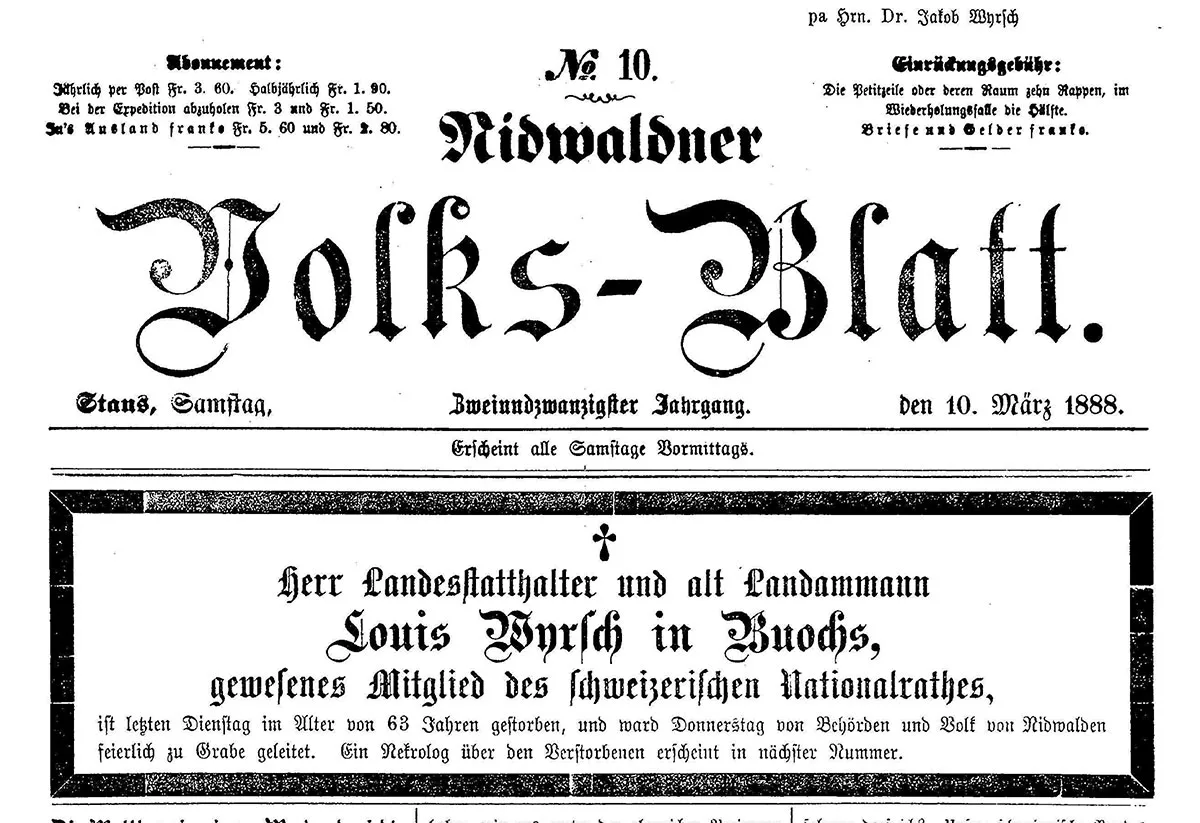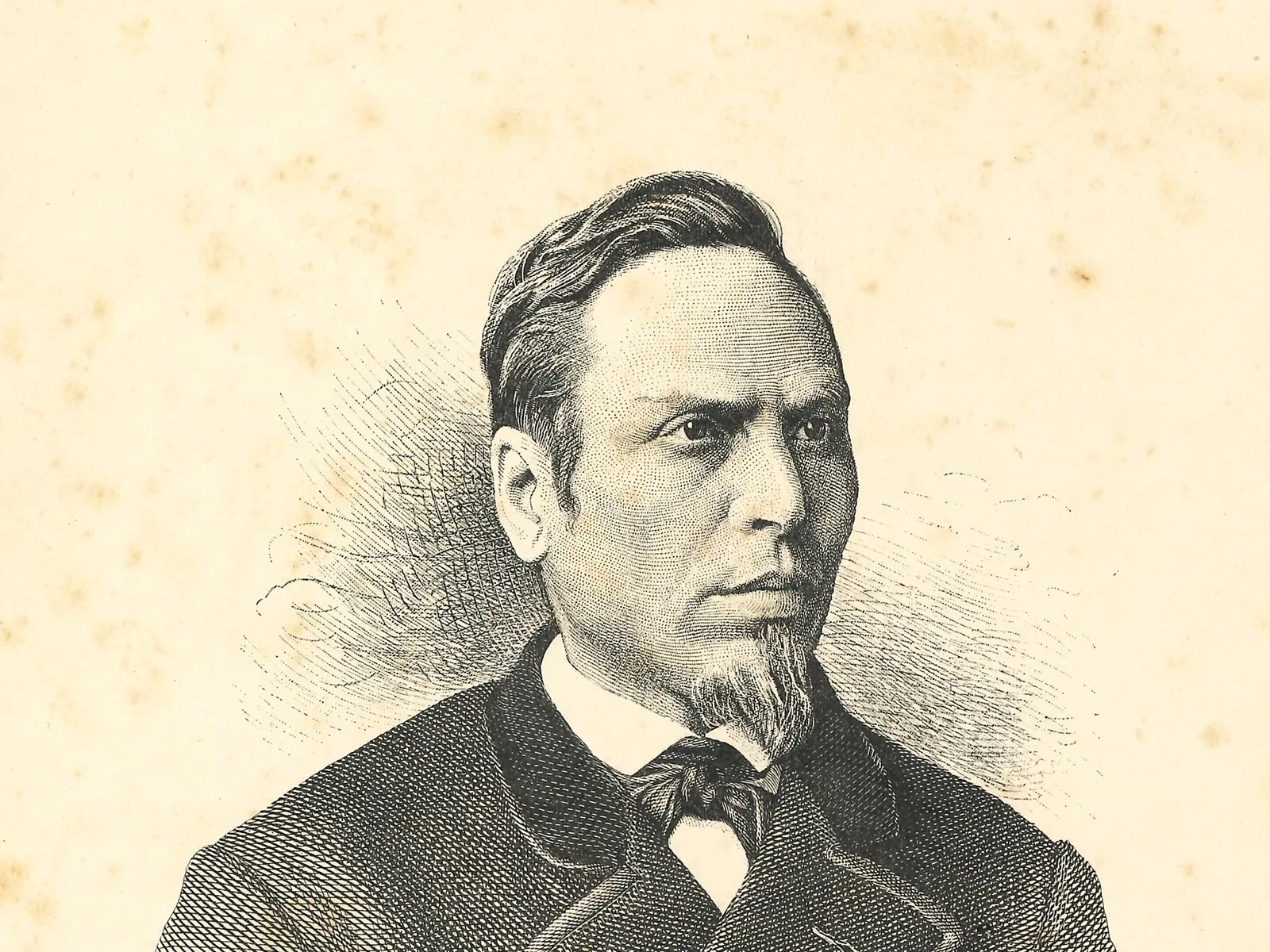
From Borneo to Bern
In 1860, Alois Wyrsch from Stans was the first non-white member of parliament. A Nidwalden citizen “of colour”? Wyrsch’s mother came from Borneo, where his father had served as a mercenary soldier.
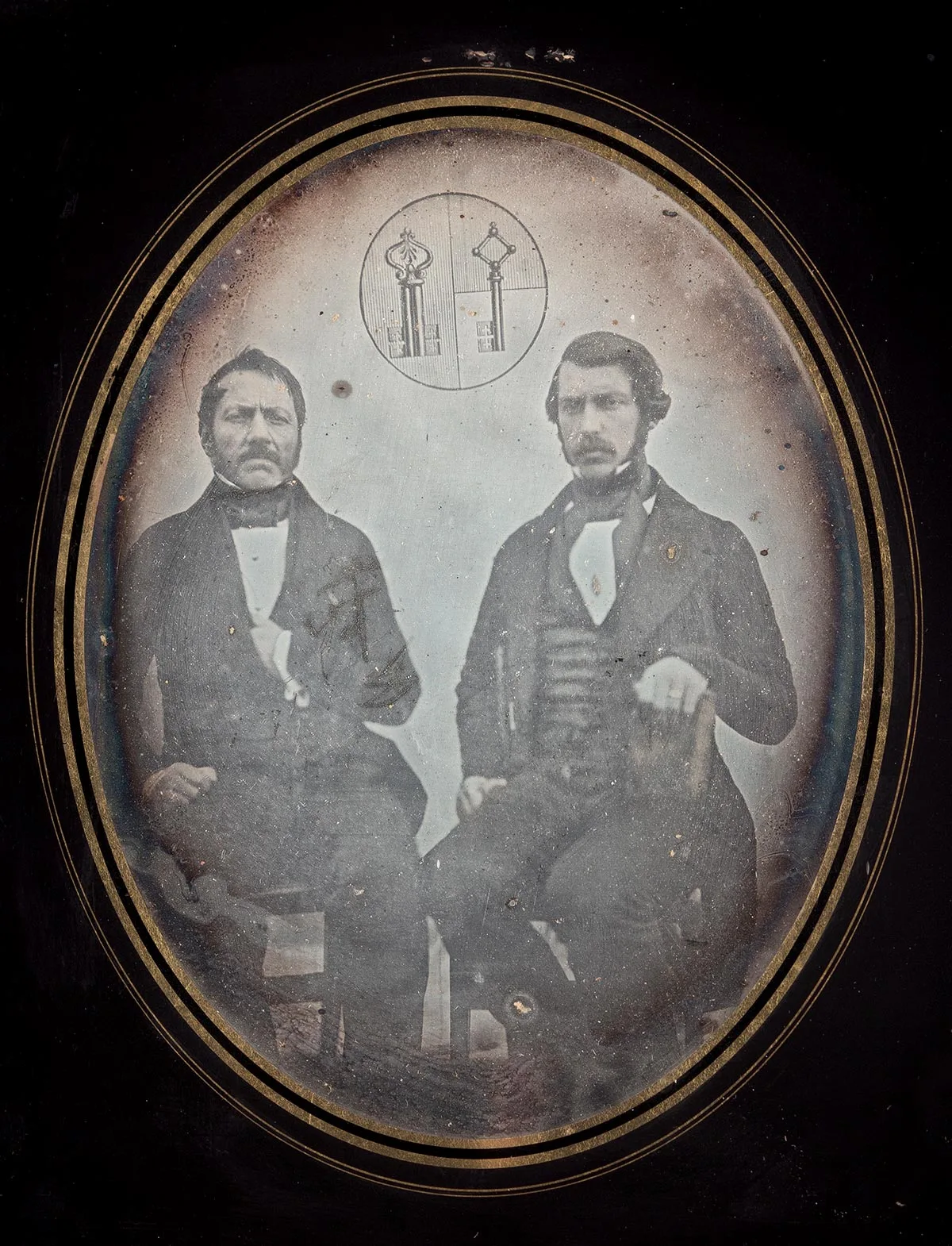
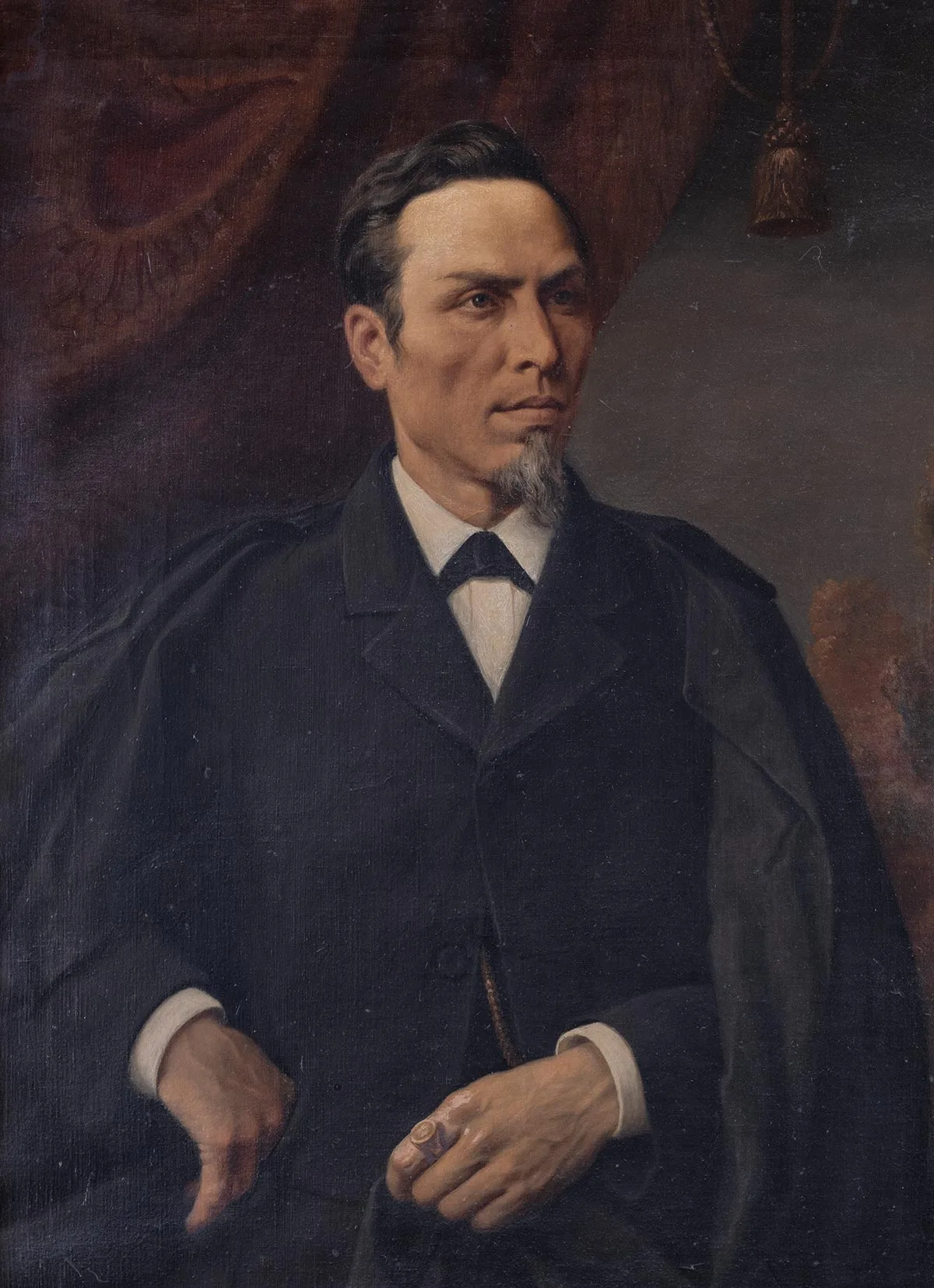
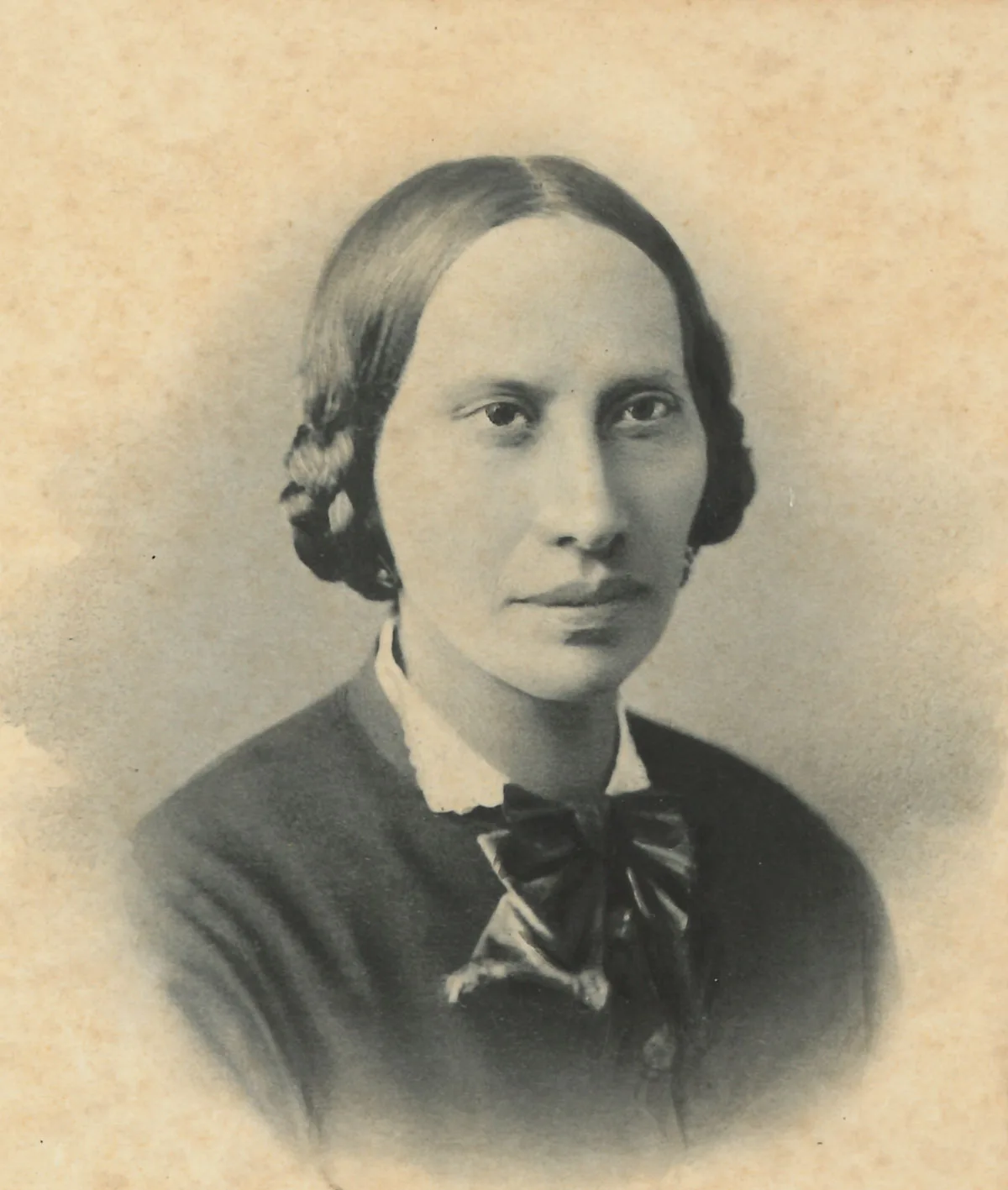
Mother tongue banned
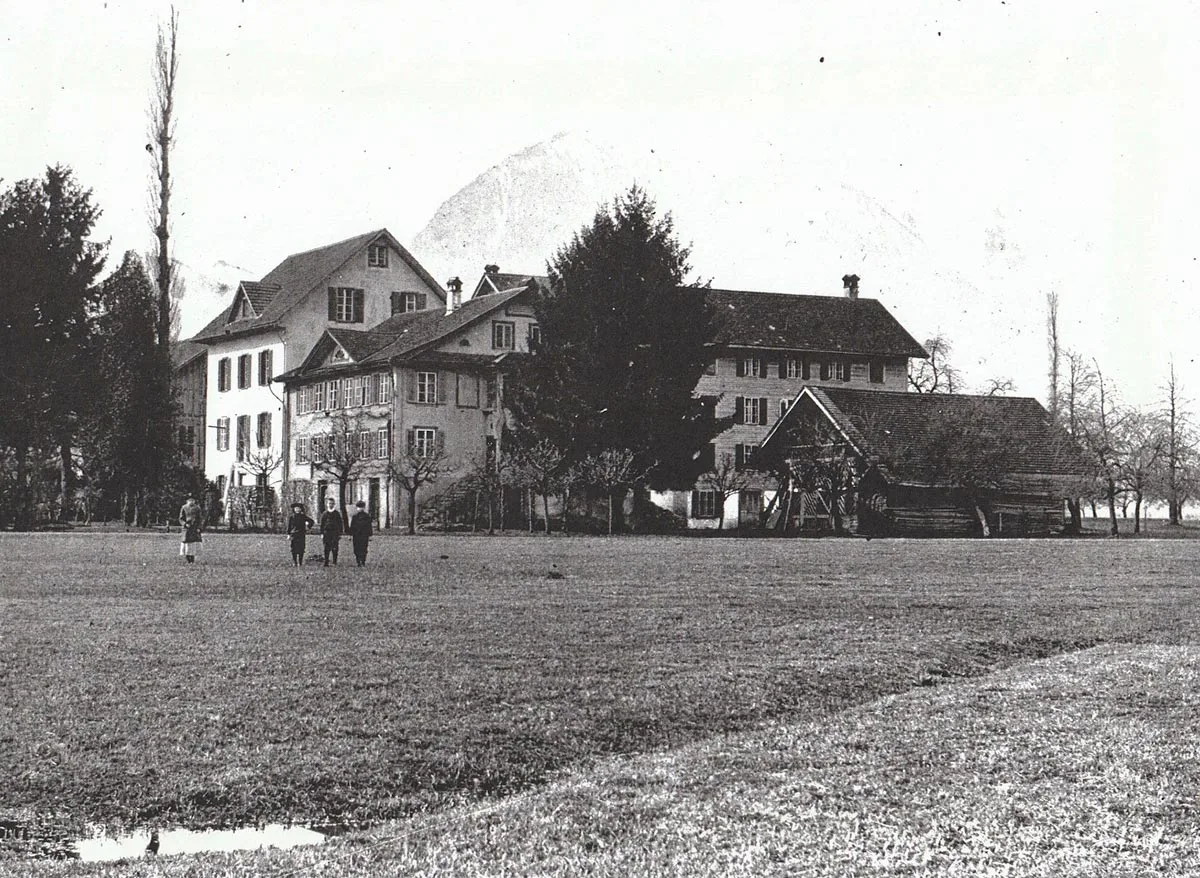
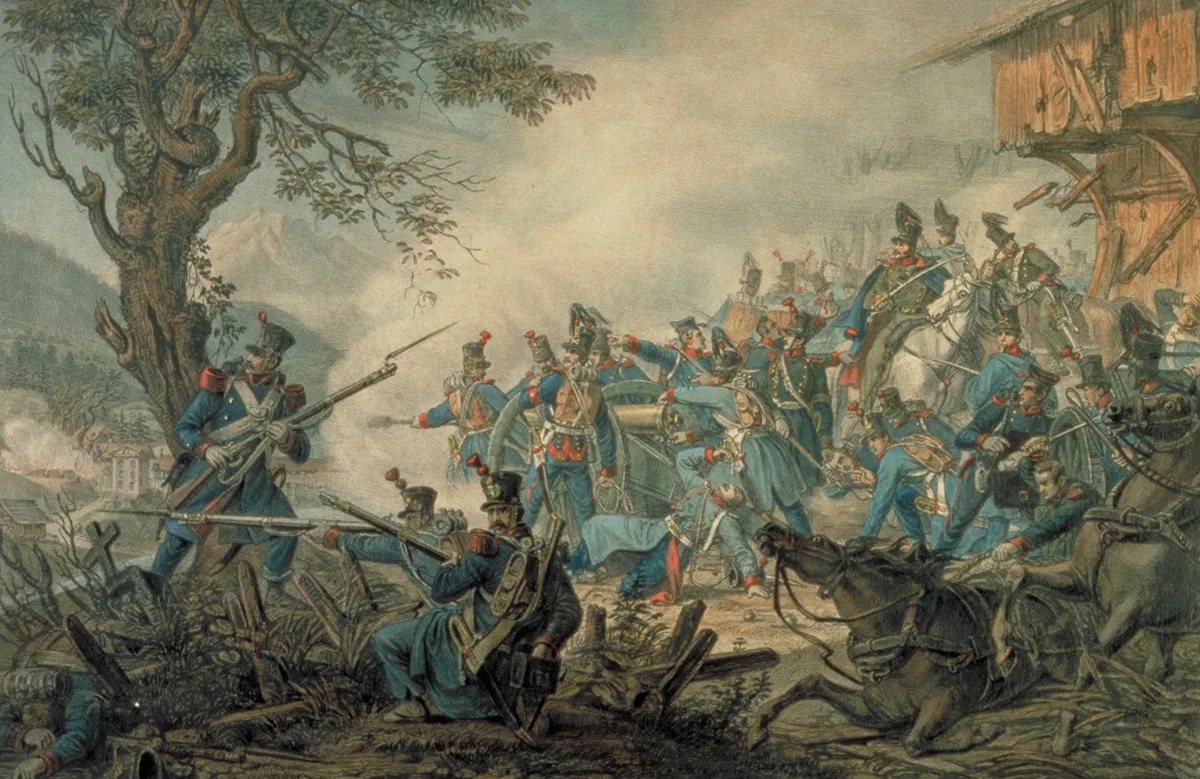
Supporter of the revised Federal Constitution
